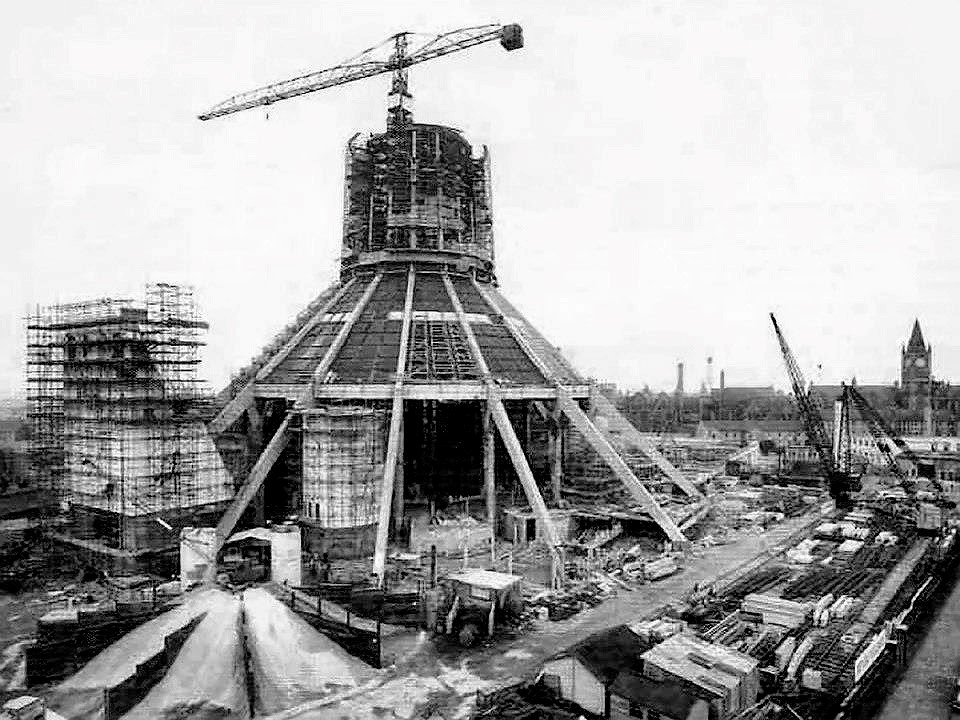How the Children in Dickens’ Classic Tale are Treated and Manipulated

Charles Dicken’s ‘Oliver Twist’ is the classic tale of a young orphan named Oliver who, after losing his mother in childbirth, is set to a life of turmoil and hard-labour becoming an innocent victim of the society in the Poor Law era of the mid-1800s. His struggle both physically and psychologically forces the reader’s sympathy on the poor pauper but his troubles only continue until his past is finally revealed.
We see Oliver’s torture prevalent as the beginning of the novel as we see him escorted to the workhouse. The workhouse within the context of the time and in relation to the New Poor Law era was based on a principal of deterrence and that they should be ‘uninviting places of wholesome restraint’ (Intriguing History, 2011). The psychological aspect begins through Dicken’s use of adjectives and metaphorical language when describing the men in charge of the workhouse.
‘… a large, whitewashed room where eight to ten fat gentlemen were sitting around a table’ ‘in an arm-chair higher than the rest was a particular fat man with a round face’ (P 21).
Dicken’s use of metaphorical language is effective as the fat, uproarious appearance of the gentlemen acts as a stark contrast to how Oliver and how the many other boys are treated. How Oliver must ‘demolish’ (P 20) the very little bread he was given. The gentlemen are completely out of touch with reality, almost acting as a metaphor for bourgeoisie society. And whilst they did not let the young workforce ‘eat cake’, the speaker emphasises their delusions, describing them as ‘very deep, sage, philosophical men’ who were ‘the men to set this (the workhouse) right’ by feeding the workforce gruel three times a day with an onion and bread an anomaly in their day to day diets. How the poor have been mistreated so unfairly and shapes our response to crime and punishment throughout the rest of the novel.

Dickens, however, soon contrasts the harsh, punishing lifestyle of the workhouse through the inviting reception of Fagin’s Den. While the workhouse offered a cold, harsh and isolating atmosphere, the treatment of the boys within Fagin’s Den is extremely different.
‘The four sat down to breakfast upon the coffee and some hot rolls and ham which the Dodger had brought home in the crown of his hat’ (P 140). ‘ “We are very glad to see you, Oliver, – very” said the Jew’ (P 133).
I want to point a key word used by Dickens. Home. Mot house (or workhouse in this context) or a cellar. Home. We feel the grease and heat of the sausages being fried. The compatriots all gathered around to see Oliver. Previously, we have seen Oliver as a nuisance in the eyes of his guardians. In the eyes of the reader, Fagin’s Den is the first real comfortable setting we see for poor Oliver. The average reader wouldn’t even notice what appears to be a broadside above of the fireplace within Cruikshank’s depiction of the scene. Perhaps as a foreboding warning of the character of Fagin, we as the reader should have taken on board his ‘villainous-looking and repulsive face was obscured by a quantity of matted red hair’. Even living in a ‘den’ is more symbolic of a rat, a metaphor of a liar or to be deceived. Dickens’ however, perhaps makes us the reader the victim of naivety as like Oliver, we are bewildered by the comradery and warmth of the Den in comparison to Oliver’s earlier treatment.

Original depiction of Oliver within Fagin’s Den for the first time, Cruikshank, 1838
The treatment of Oliver stresses the poor treatment of youth within the context of the novel. Dickens, however, attracts the reader to immediately show distain towards the harsh conditions of the workhouse in comparison to Fagin’s Den.
Bibliography
Dickens, Charles, ‘Oliver Twist: Or, The Parish Boy’s Progress, Volumes 1-3’, 1837, Richard Bentley, New Burlington Street, 1838, London.
Intriguing History, ‘Poor Law Amendment Act 1834’, https://www.intriguing-history.com/poor-law-act-1834/
Photographs/Drawings
George Cruikshank’s depiction of the various scenes within Oliver Twist. ‘The Charles Dickens Page’, https://www.charlesdickenspage.com/charles-dickens-oliver-twist.html , Date Accessed 21/11/19
Metropolitan Cathedral being built on the site of the former workhouse. Liverpool Picturebook http://www.liverpoolpicturebook.com/2014/09/LiverpoolWorkhouseHospital.html
